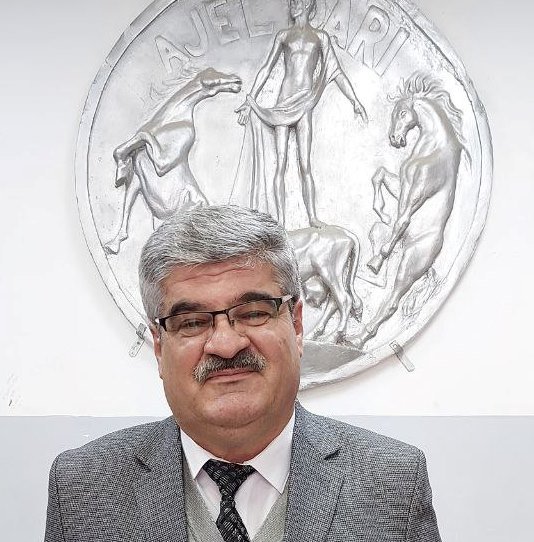A small molecular antibody has a significant impact on deadly viruses: Hendra and Nipah

Dr. Majid Hamid Al-Sayegh
10/ 7/ 2025
Researchers at the University of Queensland have discovered a new strategy to neutralize the deadly Hendra and Nipah viruses, for which there is currently no approved vaccine or treatment. Led by Professor Daniel Watterson and Dr. Ariel Isaacs, the team has identified the first antibody that works against these viruses, which have jumped from animals to humans in Asia and Australia. Dr. Isaacs said: “The antibody is 10 times smaller than an antibody, and with its small size, it can reach hard-to-reach areas of the virus to stop infection.” He added: “Antibodies are also easier to produce and more stable at elevated temperatures than conventional antibodies, so we are very excited about the potential of our discovery to lead to new treatments.”
The antibody, called DS90, was isolated by research partners at the Universidad Austral de Chile from the immune cells of an alpaca named Pedro. Herbivores, such as alpacas, are the only land animals that produce molecular antibodies. DS90 was identified using a platform developed by Professor Alejandro Rojas-Fernandez, which can isolate molecules against viruses of interest. Professor Rojas-Fernandez said: “In partnership with The University of Queensland, we aimed to build a broad barrier against future pandemic viruses using scalable antiviral molecules – this remarkable work is just the beginning.”
Tests in Professor Watterson’s laboratory at The University of Queensland’s School of Chemistry and Molecular Biology showed that DS90 could successfully bind to proteins in Hendra and Nipah viruses and prevent them from entering cells. The team used cryo-electron microscopy at The University of Queensland’s Centre for Microscopy and Microanalysis to study the process.
Professor Watterson explained: “We were able to see how the molecular object binds to the virus, reaching deep pockets, whereas conventional antibodies typically bind to exposed surfaces of viruses.” He added: “This new information is a crucial step toward using the molecular antibody to combat Hendra and Nipah, which cause outbreaks in humans and often lead to fatal respiratory and neurological diseases.”
The team also combined the DS90 molecular antibody with an antibody therapy under development that is being used as an emergency treatment for people with Hendra and Nipah. Dr. Isaacs said: “Excitingly, we have shown that combining DS90 with the m102.4 antibody—made at the University of Queensland—prevents the Nipah virus from mutating and evolving.” He added: “This is a powerful technique for preventing the emergence of new deadly strains.” Molecular antibody therapy has already been approved for use in cancer treatment, and now it is showing that molecular antibody therapy can also be used to neutralize viruses.
The next step for the team is to translate their findings into a treatment that could be clinically ready in the event of a Hendra virus outbreak in Australia or Nipah in Asia.
Hendra virus was first identified in Brisbane in 1994 and has infected humans via horses and flying bats in eastern Australia. Human outbreaks of Nipah virus occur almost annually in Bangladesh and occasionally in other Asian countries where it is transmitted by bats. The research at the University of Queensland was supported by the work of Professor Alejandro Rojas-Fernandez and Dr. Guillermo Valenzuela Neto at the Universidad Austral de Chile, along with scientists at the Australian Centre for Disease Preparedness at CSIRO and the University of Science and Technology of China.



